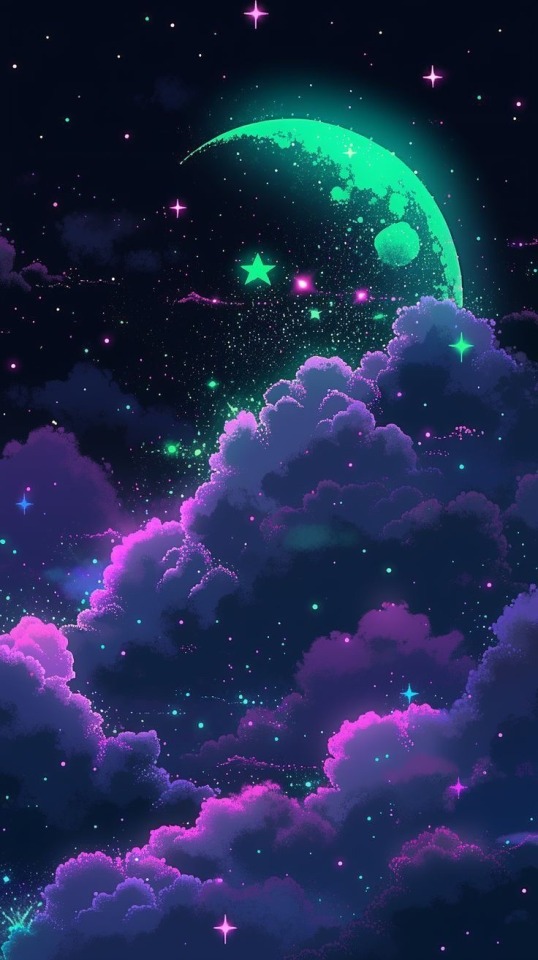#spacecore
Text

logging on. art by robert tinney
#art#digital art#aesthetic#scifi#cyberpunk#science fiction#sci fi#scifiart#futuristic#scifi art#retro scifi#70s sci fi art#sci fi and fantasy#scifi aesthetic#sci fi horror#scififantasy#sciencefiction#science fiction art#science fantasy#science fiction and fantasy#cyber aesthetic#cyberpunk aesthetic#cyberpunk art#cyberpunk artist#the matrix#datacore#eletronic#spacecore#space exploration#electronic
25 notes
·
View notes
Text
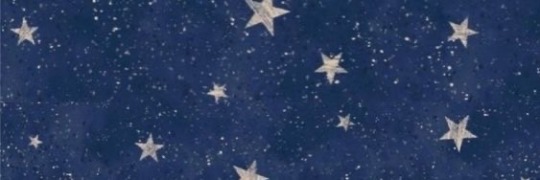


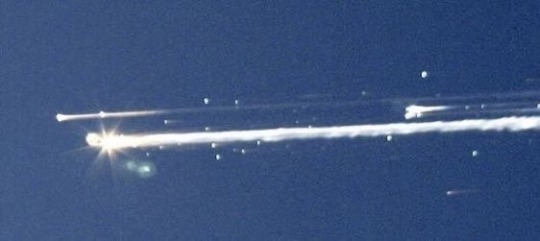
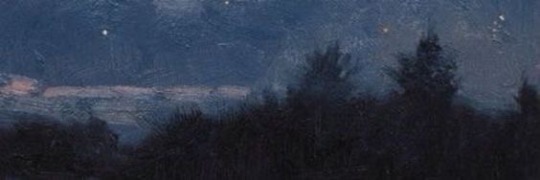
#cottagecore#goblincore#fairycore#aesthetic#nature#forestcore#naturecore#moodboard#blue moodboard#blue sky#blue aesthetic#celestial#spacecore#ethereal#dark academic#dark academia aesthetic#dark fairycore#dark acamedia#light academic aesthetic#light acadamia aesthetic#light acamedia#romantic academia#blue#banner#headers#banners
16K notes
·
View notes
Text

Kiki Smith: ‘Constellation’ at Nelson-Atkins Museum of Art (1996)
#kiki smith#art#exhibit#exhibition#artblr#artcore#stars#starcore#constellations#constellation#aesthetic#art aes#aes#cottagecore#spacecore#museum#animals#star#rabbit#glasscore#glass art#fairy#fairycore#witchy#witchcore#magic#nelson atkins#nelson atkins museum of art#missouri#dreamcore
5K notes
·
View notes
Text
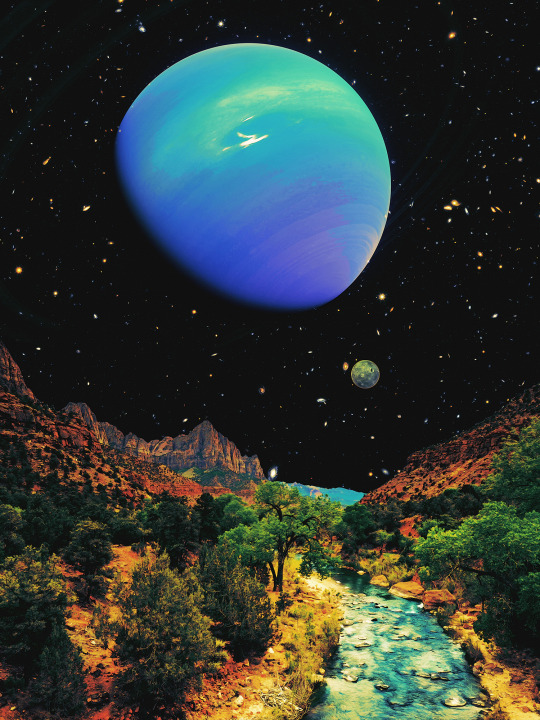
riverside
prints available! link in bio :)
#artists on tumblr#space art#space#collage art#scifi art#spacecore#space aesthetic#surrealism#scifi#retro futurism
8K notes
·
View notes
Text
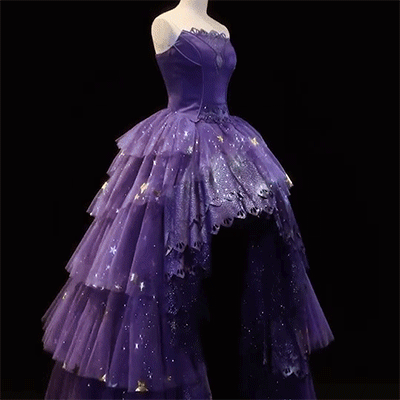


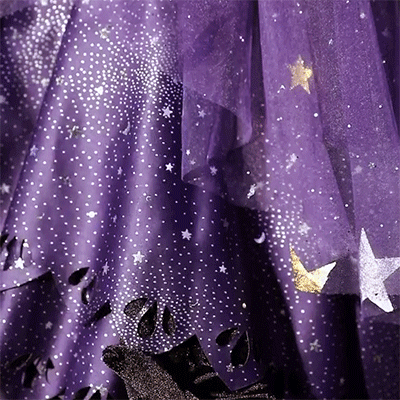
ଘ(੭*ˊᵕˋ)੭* ੈ♡‧₊˚
#💙 sugar life posting 🌙#clothing#fashion#glittery#glitter#clothes#dresses#gowns#purple#silver#stars#starcore#spacecore#space#shiny#stimming#stimblr#stimmy#stim#asmr#gifsets#gifs#royaltycore#princesscore#princess#princesses
5K notes
·
View notes
Text

#aesthetic#stars#aestehtic#spacecore#moon#space#stars aesthetic#so pretty#moon aesthetic#star#starcore#mooncore#shooting star#moon and stars#shooting stars#stars and saturn#moon and saturn#saturn#outer space
7K notes
·
View notes
Text

redraw of a piece from november 2020
#pixelart#8bit#aesthetic#pink#cuteart#cute art#space#spacecore#nature#mountain#cloudcore#clouds#pastel#pastels#stars#landscape#animation#pixelanimation#pixel animation#my art
30K notes
·
View notes
Text
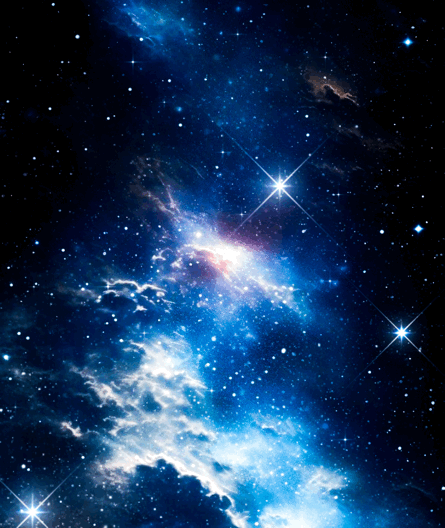



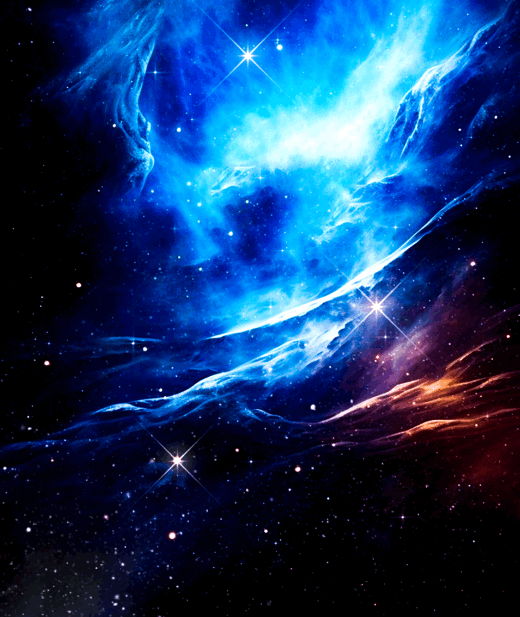

💙Cosmos Call💙
#gifs(edits) made by me :)#assassin1513#mystical#mystic#space#stars#outer space#glitter#space vibes#space aesthetic#lost in space#spacecore#cosmos#cosmos aesthetic#universe#fantasy#to infinity and beyond#infinity#nebula#star cluster#star child#beyond the stars#beyond#void#outer space aesthetic#blue#space travel#space core#space magic#space exploration
3K notes
·
View notes
Text

#galaxy#galaxycore#starry sky#dreamscape#dreamycore#moon and stars#purple and pink clouds#cloudscape#skyscape#starcore#mooncore#purple aesthetic#blue aesthetic#glowcore#celestial aesthetic#spacecore#galaxy aesthetic#dreamy aesthetic#digital art
1K notes
·
View notes
Text
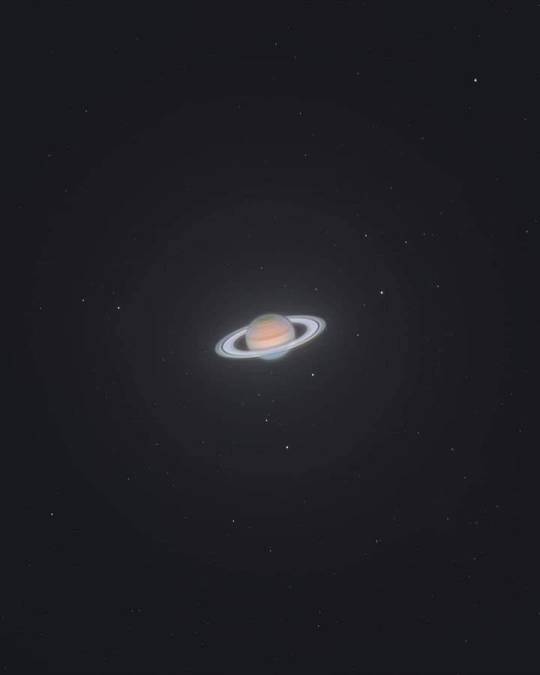
Saturn through a 6" telescope 📸
@spacebydan
842 notes
·
View notes
Text
Sakura to Supernova
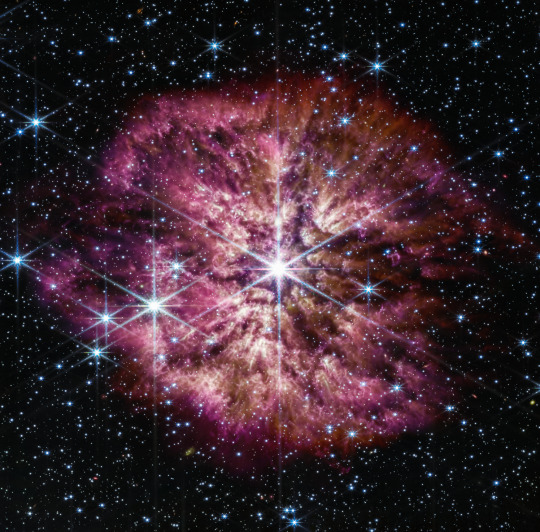
This rare sight is a super-bright, massive Wolf-Rayet star. Calling forth the ephemeral nature of cherry blossoms, the Wolf-Rayet phase is a fleeting stage that only some stars go through soon before they explode.
The star, WR 124, is 15,000 light-years away in the constellation Sagittarius. It is 30 times the mass of the Sun and has shed 10 Suns worth of material – so far. As the ejected gas moves away from the star and cools, cosmic dust forms and glows in the infrared light detectable by NASA's James Webb Space Telescope.
The origin of cosmic dust that can survive a supernova blast is of great interest to astronomers for multiple reasons. Dust shelters forming stars, gathers together to help form planets, and serves as a platform for molecules to form and clump together, including the building blocks of life on Earth.
Stars like WR 124 also help astronomers understand the early history of the universe. Similar dying stars first seeded the young universe with heavy elements forged in their cores – elements that are now common in the current era, including on Earth.
The James Webb Space Telescope opens up new possibilities for studying details in cosmic dust, which is best observed in infrared wavelengths of light. Webb’s Near-Infrared Camera balances the brightness of WR 124’s stellar core and the knotty details in the fainter surrounding gas. The telescope’s Mid-Infrared Instrument reveals the clumpy structure of the gas and dust nebula of the ejected material now surrounding the star.
Make sure to follow us on Tumblr for your regular dose of space!
5K notes
·
View notes
Text
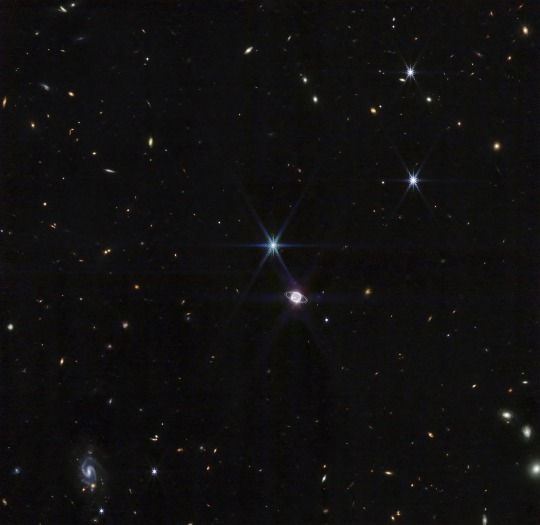
neptune
#neptune#astronomy#space#planets#solar system#galaxycore#galaxy#james webb images#james webb space telescope#james webb telescope#james webb space technology#james webb photos#space photos#space photography#stars#spacecore
1K notes
·
View notes
Text

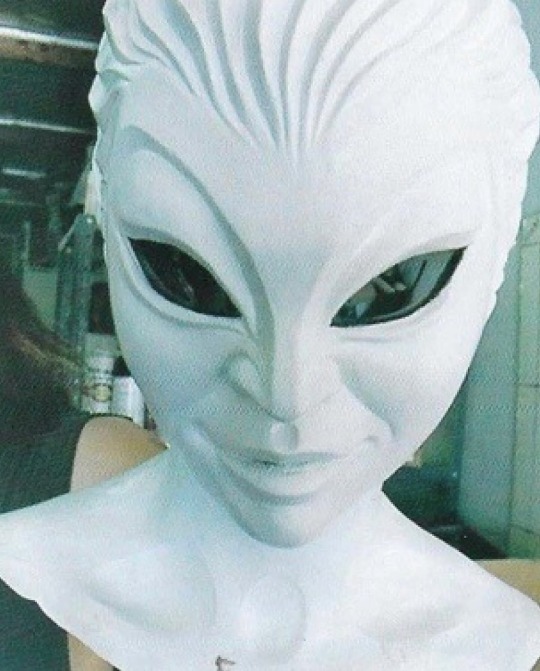


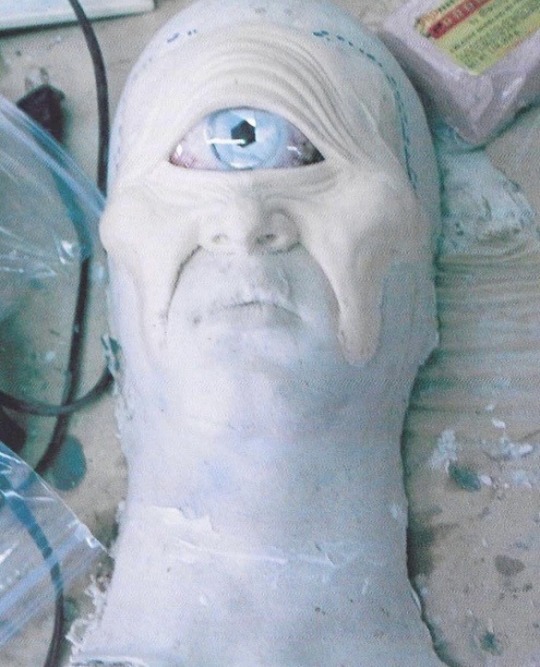

Undercover: ‘Under The Cover’ SS (1996) by: Jun Takahashi
#jun takahashi#undercover#ss96#spring summer#robocore#weirdcore#makeup#monster#monstercore#aliens#alien#alien aesthetic#spacecore#metalcore#aesthetic#90s#1990s#1996#fashion#sci fi#art#techcore#horror#body horror
2K notes
·
View notes
Photo
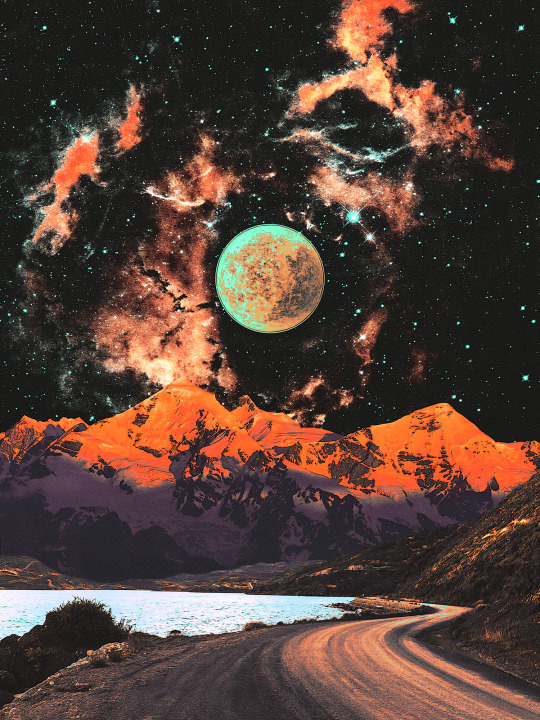
starlit trail
#space aesthetic#space art#artists on tumblr#space#collage art#vintage scifi#retro scifi art#scifi art#spacecore
13K notes
·
View notes
Text


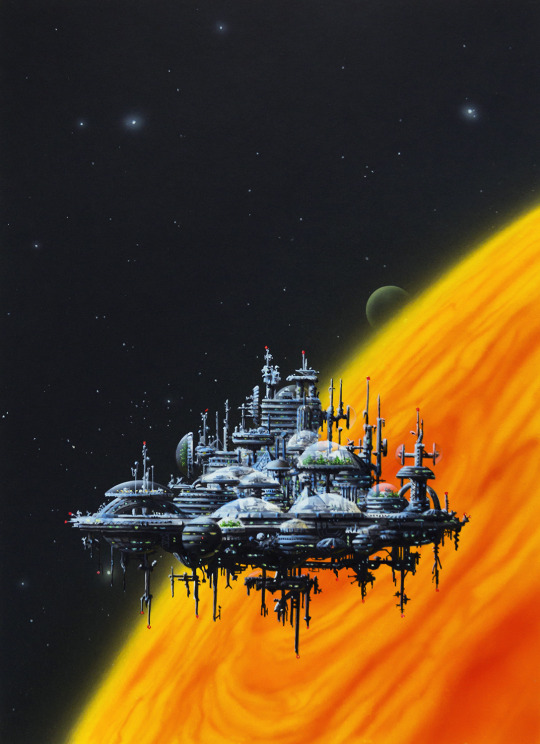

Steinar Lund, Morris Scott Dollens, Ray Feibush, and Robert McCall.
#art#scifi#cyberpunk#digital art#aesthetic#science fiction#sci fi#scifiart#futuristic#scifi art#retro scifi#scifi aesthetic#scififantasy#sci fi and fantasy#60s sci fi#70s sci fi art#80s sci fi#retrofuturism#retrofuture#retro futuristic#space exploration#outer space#megacities#mega cities#megacity#old school#spaceship#space aesthetic#space art#spacecore
588 notes
·
View notes
